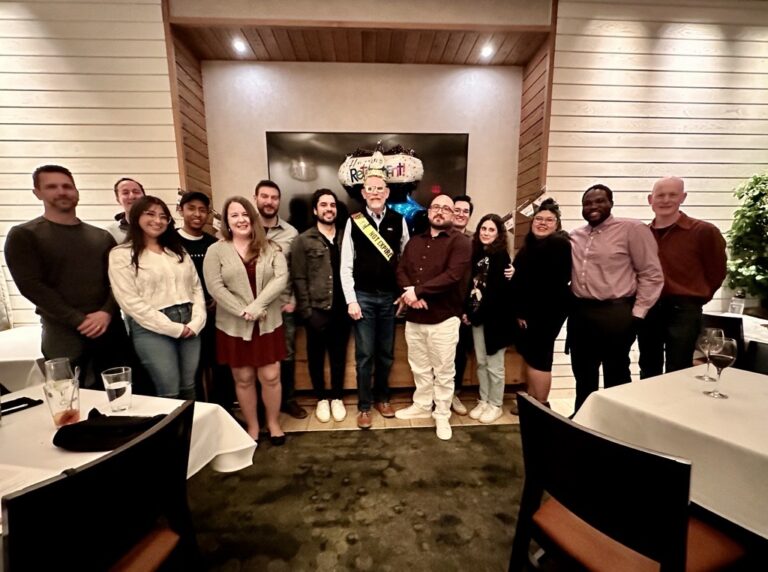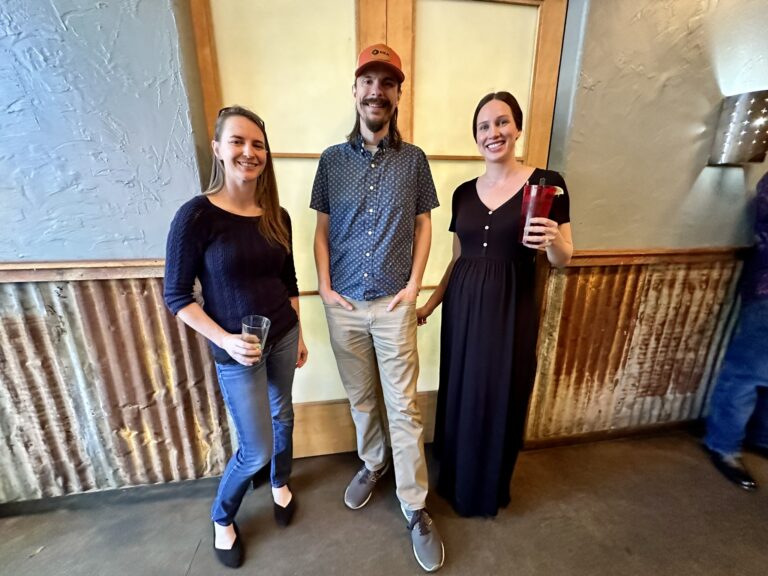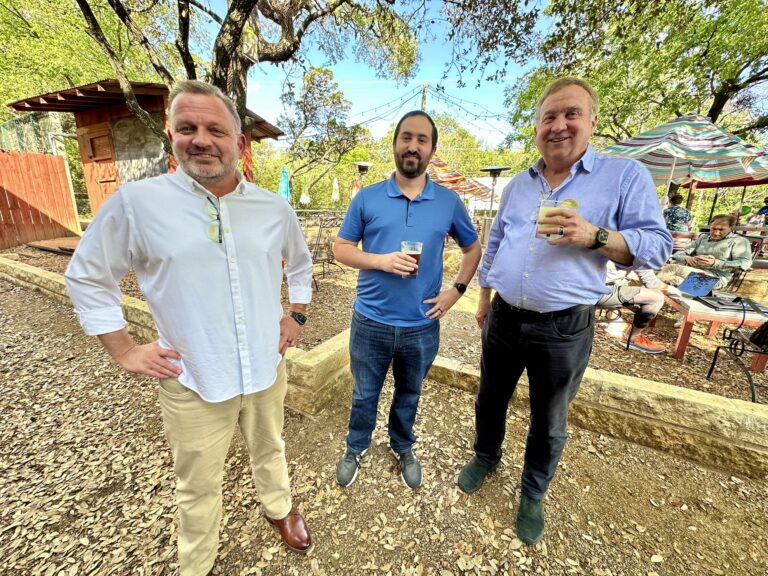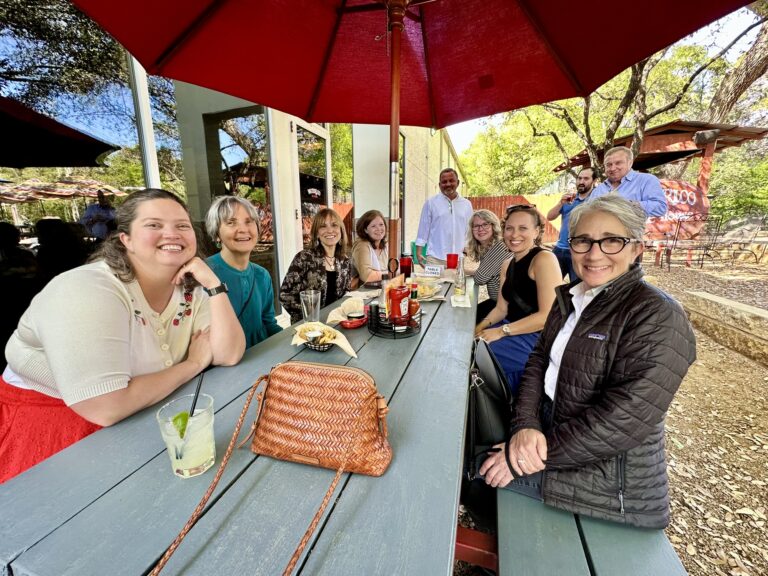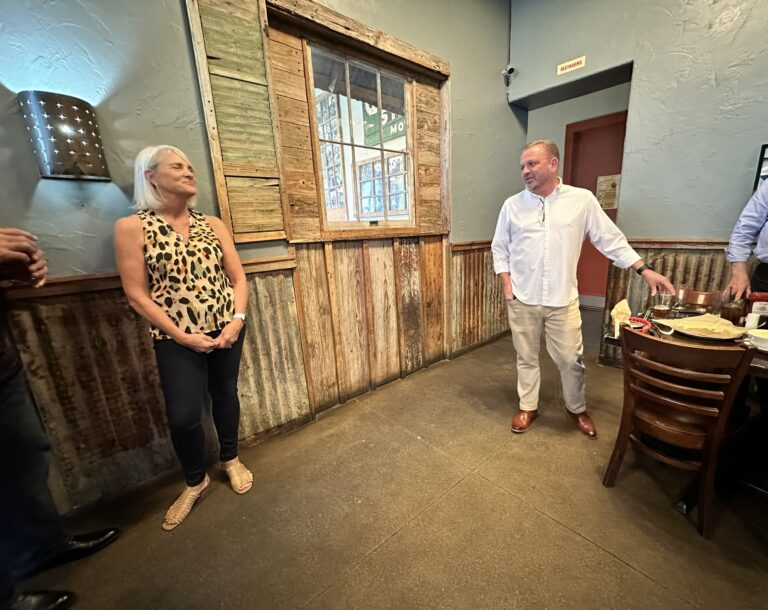Retirement marks a significant milestone in one’s life journey, a time when individuals bid adieu to the daily grind and embrace the freedom to pursue their passions. However, navigating the intricacies of retirement planning can be daunting without the right support. EEA is committed to not just providing exceptional services during our Employee Owner’s active years but also improcing an employee owners’ transition into retirement.
With EEA’s Employee Stock Ownership Plan (ESOP) retirement account, Employee Owners have another retirement plan to look forward to alongside their 401k, or any other retirement plans.
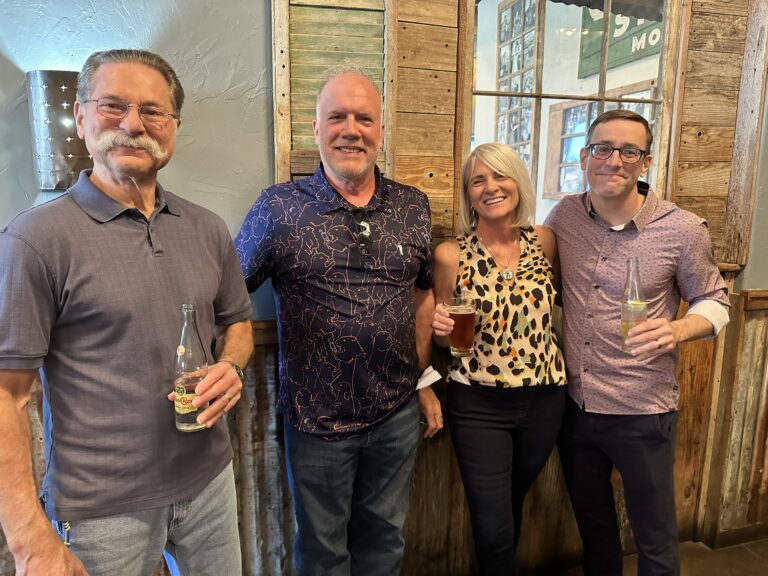
How Does an ESOP Benefit Retirement?
When Mike Hart first began to consider an ESOP as an ownership transition, he took lessons learned from previous family business experiences and friends in the industry who were promised “equity” or partnerships that never came to fruition. He decided early to have long-term thinking in mind and was intrigued by the benefits of an Employee Stock Ownership Plan (ESOP). He believed ESOPs could address a common issue faced by business owners: how to exit their business without diminishing its value.
From there, the EEA ESOP was initiated at the turn of the century, with focused efforts on better business practices starting in 2001 and a pre-funding strategy was adopted for gradual ownership transfer without debt, reflecting the leadership’s financial conservatism and allowing for value appreciation over time. Prior to the ESOP, EEA practiced open book accounting and profit sharing, and upon the ESOP creation, adjustments were made to the 401k match, bonus pool, and Retained Earnings to facilitate pre-funding and mitigate economic downturn stresses.
The stock value has grown from $70 in 2015 to a value of $195 at the end of 2023. This growth in value, plus the average contribution of roughly 12% of eligible employees annual compensation into the ESOP, has resulted in many employees having large balances in their ESOP, in many cases larger than their 401k balances.
All funding that is contributed into the ESOP comes from company profits, and costs the employee nothing.
Currently, the ESOP Trust owns 90% of EEA shares, and employees have benefited from a 280% increase in share value. The Trust has sufficient cash to purchase additional shares and fulfill repurchase obligations for retired and separated former employee owners. This conservative financial strategy has allowed EEA to operate and grow without relying on short-term bank loans, emphasizing the benefits of long-term planning over short-term thinking.
The ESOP is a retirement plan that allows funds to be contributed pre-tax, and to grow tax free until retirement. Retirement can occur as early as 60 years old. Funds are distributed over a 5 year period after retirement, or over a 5 year period starting 5 years after an employee leaves EEA in a non-retirement scenario. In several cases our employees ESOP balances have allowed them to retire earlier than they originally would have.
We would like to acknowledge the following EEA retirees utilizing the ESOP:
- Joann Rosebaugh
- Scott Simmons
- Bill Klock
- Fritz Stinson
- Howard Rader
- Matt Doggett
So, now that we have discussed the benefits of retiring from a firm with an ESOP, what about the journey one goes through from the day-to-day grind to transitioning into retirement? We asked our recent retiree, Rex Stockwell, to look back and give us his perspective on his over 40 year career in this industry, retiring from EEA, and what he looks forward to with all that “free” time.
A Word With Recent Retiree, Rex Stockwell, PE
What advice would you give to your younger self or to new employees?
One of the secrets to a successful career is to put meaningful time and energy into personal relationships. I truly believe that consulting engineering is a people business. This is easy to not do well when we are so busy and so focused on the next deadline. Determine who are the good vendors, the good contractors, as well as the good clients and consultants. Make intentional efforts to develop good relationships with them. They will help your career to be more successful, and one of them may make all of the difference in the world to you.
Be glad that you work for a company that treats the staff well.
Take advantage of the fact that the company is profitable and shares the profits with the employees. Take full advantage of the ESOP. Max out your 401k as much and as soon as possible. The ESOP and a maxed-out 401k together will give you financial independence.

What moments or achievements are you most proud of over your career?
Before I started in this crazy consulting engineering business, I worked at the Applied Physics Labs at Johns Hopkins University. We worked with the Navy on the Polaris/Poseidon nuclear submarines. It was a most interesting job, and I got to ride on the submarines many times. I even got to be onboard when missiles were launched. I have so many stories I could tell about my submarine days.
In the consulting engineering business, what I remember the most are the many people relationships, and especially those with clients. I was fortunate to be blessed in that regard.
I was part of a team that, over 20 years, grew an Indiana healthcare consulting firm from 20 persons to 180. We became the preeminent healthcare firm in the Midwest. That success was pretty cool to experience.
In the 1980s, I pioneered a vertical laminar air flow design for hospital operating rooms. That design was eventually incorporated into the hospital codes, and it is still a requirement today.
In 1987, I developed a unique design for large variable volume laboratory exhaust systems. The design was energy-efficient, and it could be used in research buildings with pitched roofs. Indiana University Medical Campus adopted this design as their standard, and it was used for each medical research building built by Indiana University after that.
The Governor of Indiana appointed me to serve on the Indiana Fire Prevention and Building Safety Commission (from 1992 to 1998). It was very challenging and also stimulating. I learned a lot about fires and codes, and I worked with many interesting people.
I worked for Purdue University from 2002-2006 as the University Engineer and Director of Engineering. This was a time of tremendous growth at Purdue. Purdue had just completed a campaign that had raised over $1 Billion, and they used those funds to build 40 buildings.
I am proud that I have worked in this business for over 40 years. I have worked for several different consulting firms and was an owner for three of them. Each firm was remarkably different.

How has your perspective on work and life changed over the years?
What can I say…I worked way too hard for way too many years. Not a good plan.
What will you miss about working here?
The people, of course. There are a lot of good people at EEA.
What are your plans for the next chapter of your life/what are you looking forward to?
Leisurely travel. More time with kids and grandkids. I am most curious to find out what is next for me. A new me, physically and mentally, but what?
What lessons have you learned that you'd like to share with others?
Many years ago, I had a wonderful client at Riley Children’s Hospital in Indianapolis. He wrote the following on the board in his office: “Don’t try to teach the pig to sing. It will not work, and it will only upset the pig.” I have never forgotten that little bit of advice. And, you know, it really is true.
